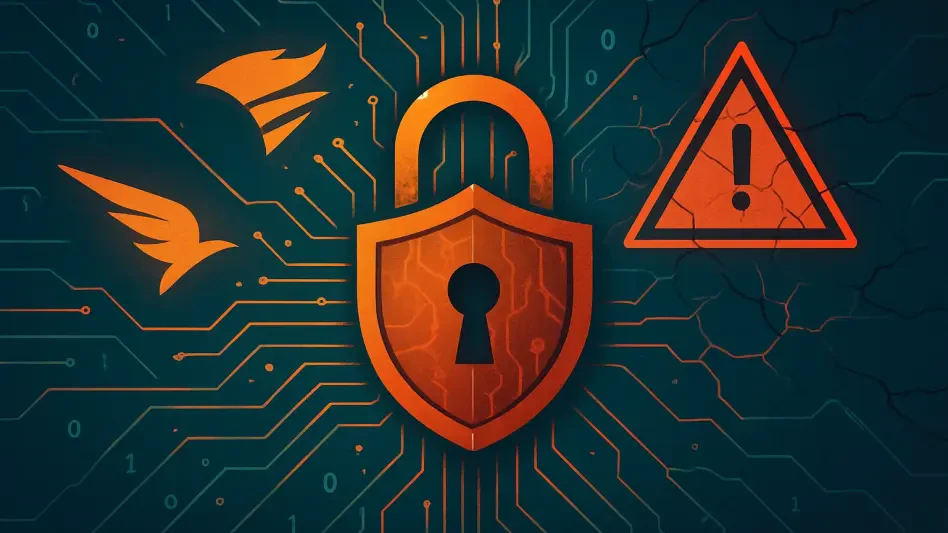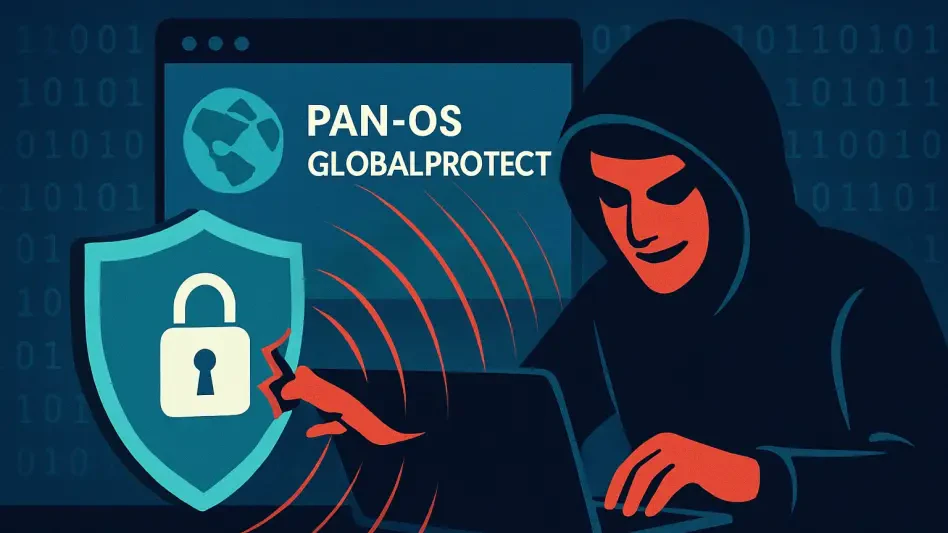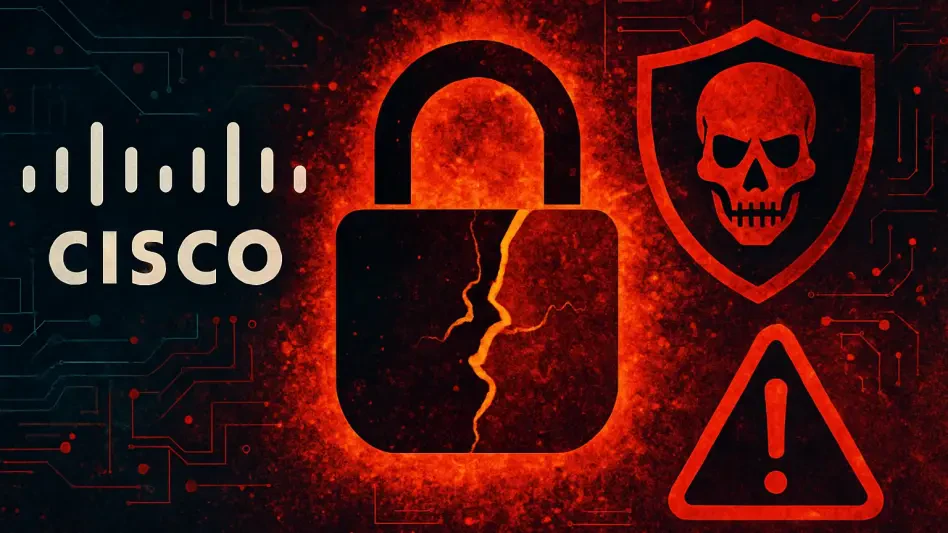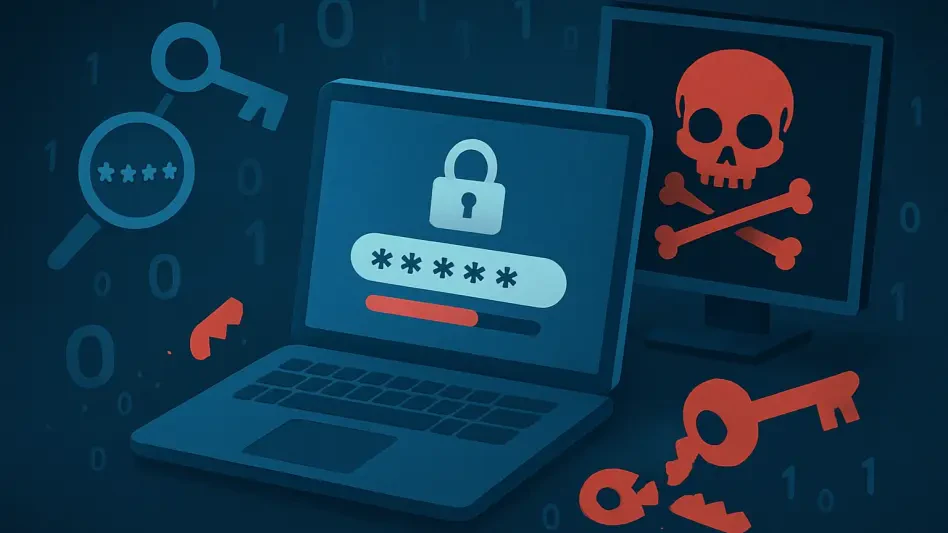As organizations increasingly adopt cloud-native development, the complexity of securing dynamic environments continues to grow. Vulnerability scanning remains a cornerstone of cloud security, enabling organizations to identify and address risks effectively. However, with the increasing prevalence of exploited vulnerabilities, persistent cloud misconfigurations, and exposure to identity leaks, traditional approaches to vulnerability scanning are no longer sufficient.
In 2024, the frequency and impact of exploited vulnerabilities reached unprecedented levels. According to Verizon’s 2024 Data Breach Investigations Report (DBIR), over 32% of breaches were attributed to vulnerability exploitation, underscoring the need for proactive scanning strategies. Cybercriminals are leveraging unpatched systems, zero-day vulnerabilities, and configuration gaps to compromise cloud environments at an alarming rate. This alarming trend underscores the limitations of relying on a single method of scanning for vulnerabilities.
1. Conduct a Capability Assessment
One of the first steps in enhancing cloud security is conducting a comprehensive capability assessment. Evaluate the performance of your scanning tools and techniques against live and infrastructure-based vulnerabilities to identify current gaps. This assessment provides a clear picture of where your defenses are strong and where they need improvement, helping to prioritize resource allocation effectively.
By thoroughly evaluating and understanding your current scanning capabilities, you can delineate actionable insights and optimize security measures accordingly. Understanding these gaps ensures that your scanning strategy can be dynamic and responsive to the evolving threat landscape. It’s crucial to remember that a one-size-fits-all approach isn’t sufficient for today’s complex cloud environments. Hence, tailor your scanning tools to address specific vulnerabilities and threat vectors identified during the assessment phase.
2. Set Up Regular Training
Security teams must be well-versed in interpreting scan results and applying prioritized remediations effectively. Regular training helps teams stay updated on the latest threats, scanning tools, and remediation techniques. Educate your teams to ensure they are proficient in interpreting scan results accurately and swiftly translating those insights into actionable remediation steps.
Set up workshops and simulation exercises to offer hands-on experience in threat detection and response. Regular training ensures that your teams stay on their toes and can respond to vulnerabilities quickly and efficiently. Establish a training schedule that includes periodic reviews of new findings and tactics employed by cybercriminals, discussed within the context of real-world scenarios. This way, your team can adapt to new threats as they arise and iteratively improve their response strategies.
3. Automate Workflows
To enable rapid containment and resolution of vulnerabilities, integrate scanning results into incident response systems. Automate workflows so that detected vulnerabilities trigger alerts and remediation processes without delay. Automation reduces the time between detection and response, minimizing potential damage and exposure. Integrating automated workflows with incident response ensures consistent and timely handling of identified threats.
By automating your response protocols, you can free up resources and allow your team to focus on more complex security challenges that require human insight. Automation also ensures that no vulnerabilities fall through the cracks, thereby enhancing overall security posture. Continuous improvement of these automated processes, based on feedback and evolving threat intelligence, can further refine your response strategies and ensure the resilience of your cloud infrastructure.
4. Perform Baseline Reviews
Schedule quarterly reviews to reassess cloud environments for new risks and refine the scanning strategy based on threat trends. Baseline reviews help ensure that security measures remain effective over time and that any new vulnerabilities are promptly identified and addressed. This iterative review process promotes a proactive stance towards cloud security, staying ahead of potential threats rather than reacting to breaches after they occur.
These reviews should include a comprehensive analysis of your cloud infrastructure, evaluating both current and emerging threats. By understanding the latest vulnerabilities, you can adjust your scanning tools and strategies to protect against them effectively. Regularly updating your security posture based on these assessments helps in maintaining a robust defense mechanism tailored to contemporary threat landscapes.
5. Integrate Automated Configuration Scans
To prevent misconfigurations, deploy tools that enforce secure baselines by scanning configurations in real time. These scans should be integrated into CI/CD pipelines for early detection of potential vulnerabilities. Automated configuration scans help ensure that security policies are adhered to consistently, preventing configuration drift that could introduce security risks.
Early detection of configuration issues mitigates the risk of security breaches caused by human error during deployment stages. Real-time configuration scanning tools can identify misconfigurations instantly, allowing for immediate corrections before they become exploitable. These practices ensure that all deployed environments comply with your organization’s security standards from the outset.
6. Establish Governance Policies
Implement robust governance policies for mandatory encryption, access control, and logging practices to standardize security configurations across your cloud environments. Governance policies create a framework for maintaining security consistency, ensuring that all cloud assets adhere to established security standards. Standardized policies simplify compliance and minimize the risk of vulnerabilities due to inconsistent practices.
Having well-defined governance policies allows organizations to manage security more effectively, creating clear guidelines for all teams to follow. These policies should be regularly updated to reflect new security insights and best practices. By enforcing these rules, you can ensure a unified approach to cloud security, significantly reducing the chances of configuration-related breaches.
7. Perform Regular Configuration Audits
Quarterly inspections of cloud environments help identify and remediate vulnerabilities arising from configuration drift or oversights. Regular audits maintain the integrity of your security measures, ensuring that all configurations align with defined baselines. This continuous audit process is vital for identifying changes that may introduce new risks.
Conducting frequent configuration audits not only fortifies your cloud security but also serves as a proactive measure against potential breaches. Audits should involve detailed examinations of all cloud infrastructure components, verifying compliance with security policies. By keeping configuration settings in check, audits safeguard against inadvertently weakened security postures.
8. Simulate Configuration-Driven Incidents
Conducting drills to test the team’s ability to detect and respond to misconfiguration-induced breaches uses these learnings to refine monitoring tools and response protocols. Simulation exercises prepare your team for real-world incidents, improving their readiness and response effectiveness. These drills help in identifying potential gaps in your incident response strategies that could be exploited during an actual breach.
Regular simulations foster a culture of preparedness and continuous improvement within the security team. They reveal how well your team can handle misconfigurations and adapt to evolving threats. Using insights from these exercises to refine your monitoring tools and protocols ensures that your cloud security measures remain effective and robust against potential misconfiguration-induced breaches.
9. Strengthen Identity and Access Management Strategy
Identity-related vulnerabilities, such as leaked credentials and excessive permissions, are among the most exploited attack vectors. Strengthening your identity and access management (IAM) strategy is essential to mitigating these risks. Conduct regular entitlement reviews and leverage tools that provide real-time visibility into IAM configurations. Audits should ensure adherence to the principle of least privilege, minimizing the risk of lateral movement by attackers.
By implementing stringent IAM policies, organizations can significantly reduce the likelihood of identity-related breaches. Tools that offer real-time insights into permission settings help detect and address excessive or outdated entitlements promptly. An effective IAM strategy is a cornerstone of cloud security, helping to prevent unauthorized access and potential data breaches.
10. Educate Teams on Credential Security
To avoid misconfigurations, it’s crucial to deploy tools that enforce secure baselines by scanning configurations in real time. These scans should be integrated into your CI/CD pipelines to catch potential vulnerabilities early on. Automated configuration scans play a key role in ensuring security policies are consistently followed, thus preventing any configuration drift that might introduce security risks.
By detecting configuration issues early, you can significantly reduce the risk of security breaches that stem from human error during the deployment stages. Real-time configuration scanning tools have the capability to identify misconfigurations instantly, which allows for immediate corrections before these issues can be exploited. This practice helps ensure that all deployed environments are in line with your organization’s security standards right from the start.
Incorporating these tools into your development and deployment processes not only enhances the security posture but also streamlines the enforcement of security measures. By automating the scanning process, you reduce the burden on your team and minimize the chance of overlooking critical vulnerabilities. Secure baselines and real-time scans collectively work to uphold the integrity and security of your systems across all environments. These proactive measures are essential for maintaining a robust security framework and safeguarding your organization against potential threats.







